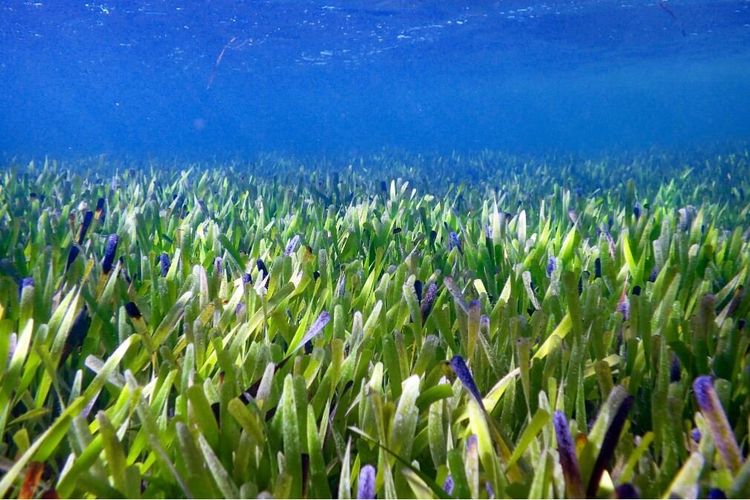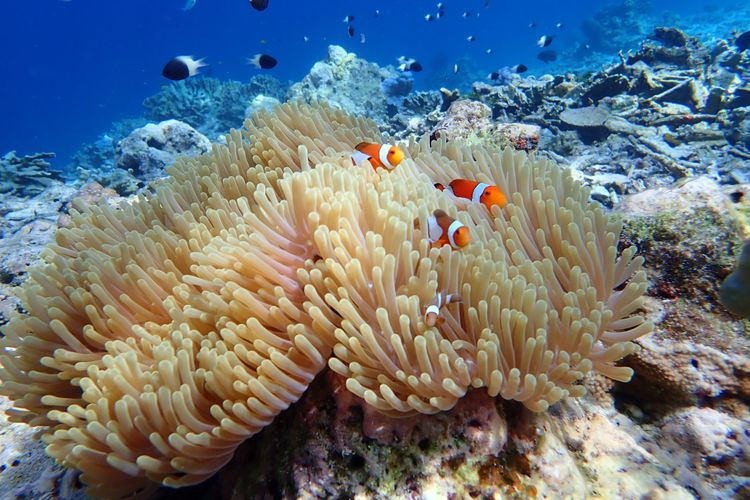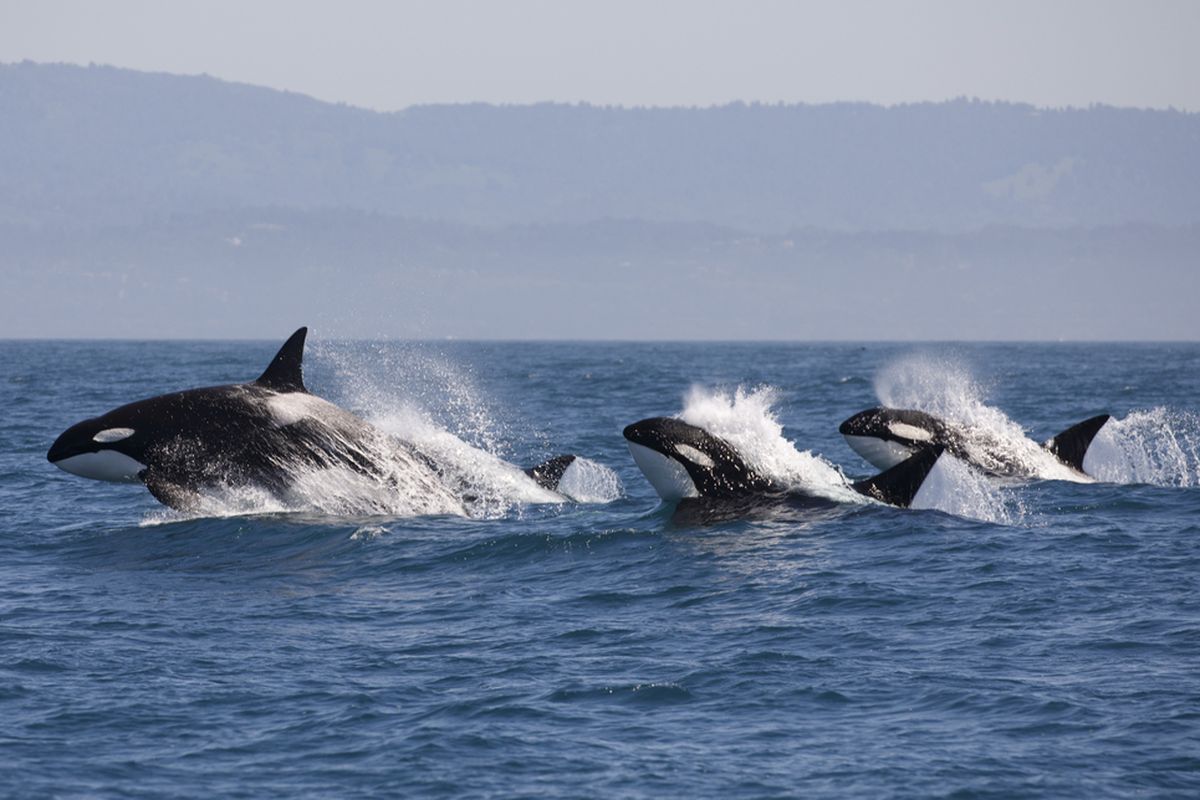thebignoisefestival.com – Nestled in the southern Caribbean Sea, Aruba is a captivating island that offers a unique blend of Dutch heritage and Caribbean charm. This sun-kissed paradise is renowned for its stunning landscapes, vibrant culture, and warm hospitality, making it a sought-after destination for travelers seeking an idyllic getaway.
A Brief Overview of Aruba
Aruba is one of the four constituent countries that form the Kingdom of the Netherlands, along with the Netherlands, Curaçao, and Sint Maarten. Despite its small size, the island boasts a rich history that dates back to its colonization by the Dutch in the 17th century. Today, Aruba is an autonomous country within the Kingdom, with its own government and parliament.
Natural Beauty and Landscapes
Aruba’s natural beauty is one of its most striking features. The island is famous for its white sandy beaches, crystal-clear waters, and a unique desert-like terrain that is home to cacti and the famous divi-divi trees, which are permanently bent towards the east by the trade winds. The most iconic of these beaches is Eagle Beach, often ranked among the top beaches in the world.
For nature enthusiasts, Aruba offers a variety of outdoor activities, including snorkeling, diving, and hiking. The Arikok National Park, which covers about 20% of the island, is a must-visit for those looking to explore the island’s diverse flora and fauna.
Cultural Heritage and Cuisine
Aruba’s culture is a melting pot of Dutch, Spanish, and indigenous influences, creating a unique identity that is evident in its language, music, and cuisine. The official language is Papiamento, a creole language that combines elements of Portuguese, Spanish, Dutch, and various African languages.
The island’s cuisine reflects its multicultural heritage, offering a variety of dishes that include fresh seafood, local specialties like keshi yena (a baked cheese dish), and international flavors. The culinary scene in Aruba is vibrant, with a range of dining options from casual beachside eateries to fine dining restaurants.
Vibrant Nightlife and Entertainment
Aruba’s nightlife is as lively as its days are relaxing. The island boasts a variety of entertainment options, from casinos and nightclubs to live music venues and cultural performances. The capital city, Oranjestad, and the Palm Beach area are the epicenters of nightlife, offering something for every taste.
A Welcoming Destination for All
Aruba prides itself on its welcoming atmosphere and is known for its friendly locals, who are eager to share their island’s beauty and culture with visitors. The island is also very family-friendly, with a range of activities and attractions that cater to all ages.
Conclusion
Aruba is more than just a tropical destination; it’s a Dutch Caribbean gem that offers a unique blend of natural beauty, cultural richness, and warm hospitality. Whether you’re looking for a relaxing beach vacation, an adventure-filled getaway, or a taste of Dutch Caribbean life, Aruba has something to offer everyone. With its stunning landscapes, vibrant culture, and endless sunshine, Aruba is truly a paradise in the heart of the Caribbean.





